
Terminology and Definitions
Of primary concern in the use of tissue engineering for individual treatment is maintaining the environment from which the stem cells originated. This allows the engineered cells to function as if they remain in the native bodily tissue and produce the best results. Three types of regenerative medical treatment are used for musculoskeletal chronic pain.
Stem Cell Therapy
This procedure is used for patients who experience neck pain or low back pain from degeneration of the discs in the vertebrae or joint pain as a result of osteoarthritis in the knees, hips, or shoulders. Currently stem cell therapies are used as interventional procedures for a number of chronic pain conditions. The patient’s own adult stem cells are extracted, purified, concentrated, and then injected into the damaged tissue. This process is usually non-surgical and the individual has very little recovery time. Most patients report only some soreness around the site of the injection. Sometimes there is also slight bruising. There have been no reports of serious side effects from treatments using stem cell therapy.
The future of this research includes the generation of cells that could be used to replace damaged tissue or the generation of transplantable organs. Researchers are working toward the development of engineered tissue that requires greater vascularization and could potentially treat diseases, such as macular degeneration, stroke, osteoarthritis, and spinal cord injury. Bone marrow transplantation using stem cell therapy has been an effective treatment modality since the late 1960s for people suffering from leukemia.
Amniotic Membrane
Amniotic membrane therapy is another type of regenerative medicine used in the treatment of chronic pain. This type of cell holds several unique properties that make it a sound choice for use in regenerative medicine. There are two types of cells in the amniotic membrane: epithelial cells and stromal cells. Both types have features that are very similar to stem cells because they are able to differentiate in vivo. In the literature using animal subjects in a minimally invasive surgical procedure (laminectomy) found that the subjects had less epidural fibrosis and adhesions using amniotic membrane therapy. Using human subjects, research investigating the use of amniotic membrane found the treatment effective when individuals had general tissue damage, such as treatment for tendinitis.
Amniotic membrane meets several criteria for use as it is widely accessible, non-tumorigenic, and capable of differentiating. A major focus in the use of these cells has been in tissue engineering, they may also have the capacity to protect and stimulate injured tissue by acting as vectors for the delivery of exogenous factors to treat injury and disease. Inconsistencies in isolation and culturing methods must be addressed before progress and future therapeutic applications can be achieved. Amniotic membrane cells are used as interventional therapy in the treatment of chronic pain conditions with very little recovery time and avoidance of side effects and disability that can accompany open surgical procedures. As with stem cell therapy the compound is injected and some patients report soreness or bruising at the site.
Platelet-Rich Plasma
Although first used in the 1970s, platelet-rich plasma therapy was limited to operating room procedures because the equipment was large and expensive and the procedure required large quantities of the patient’s blood. Starting in the 1990s, multiple reports and studies were released demonstrating dramatic improvement in healing using platelet-rich plasma therapy. Today it is used to target a number of different conditions in which the patient develops chronic pain. The procedure requires an injection of autologous growth factors, secretory proteins, and concentrated platelets. These compounds work in unison to repair damaged tissue and speed the healing of surgical procedures.
In addition to the use of platelet-rich plasma therapy in pain management, the procedure is also widely used in healing bone grafts and fractures, in plastic surgery, and wound care. The success experienced in healing fractures spurred the integration of platelet-rich plasma therapy in other orthopedic conditions and sports medicine for connective tissue repair. Reduction in pain at two years post-treatment for chronic tendinitis was reported at 93%. The treatment received media attention after Pittsburgh Steelers’ wide receiver Hines Ward received the treatment for medial collateral ligament sprain and went on to win the Super Bowl that year.
The injection of platelet-rich plasma to an injured area delivers growth factors concentrated from five to ten times greater than is normally found in plasma. The compound is prepared through withdrawal of blood from the patient, centrifugation to increase the concentration, and then injected into the area that was damaged or injured. When the blood is centrifuged, it separates into three different components. The top layer is clear serum, platelets and white blood cells are found in the middle, and the red blood cells are at the bottom. Estimates are that the concentration of platelets in centrifuged blood hovers around 1 million platelets per uL. Typical concentrations of platelets from whole blood are between 150,000 and 350,000 platelets/uL.
Platelets contain a high concentration of growth factor, which is central to the function of platelet-rich plasma therapy in regenerative medicine for pain management. Once injected into the damaged area, the platelets release other proteins that are believed to affect the regenerative influence patients experience after treatment. This process enhances the differentiation of cells, which is believed to be the underlying process required for the generation of new tissue. As with stem cell therapy, most patients report only some soreness at the injection site that may or may not be accompanied by bruising.
Platelet-rich plasma therapy has received more attention from researchers since 2000 when the process became more cost effective. This attention has led to the discovery of beneficial effects on the proliferation of cells and an increase in total collagen production. Results from studies that scrutinize the success of treatment have supported the use of platelet-rich plasma therapy in the treatment of lateral epicondylitis, patellar tendinopathy, Achilles tendinopathy, osteoarthritis, medial collateral ligament tears, rotator cuff tendinopathy, rotator cuff tears, and anterior cruciate ligament tears. Platelet-rich plasma therapy has also been successfully used to treat other chronic pain conditions resulting from tendonosis, muscle fibrosis, arthritis, articular cartilage defects, meniscal injury, chronic synovitis, joint inflammation, muscle strains, and arthrofibrosis. The treatment is non-surgical, minimally invasive, and has a low side effect profile.
Pain is a serious public health concern and it has been suggested that up to 90% of the population will experience a painful condition at one time in their life that affects their daily function. There are some estimates that back pain is associated with an annual cost exceeding $100 billion, which includes medical expenses and loss of productivity. Chronic pain is also associated with a number of negative consequences in an individual’s life, including emotional and mental distress. This emotional and mental trauma also contributes to an increase in perception of pain. Chronic pain is associated with missed work, increases in sedentary choices, and a loss of productivity.
Following an accurate diagnosis, physicians specializing in pain conditions may recommend that patients who were referred for regenerative medicine therapy, first undergo an initial consultation with an expert pain specialist. This is to ensure that a number of different treatments already available to provide patients with relief from chronic pain will be utilized prior to using regenerative medicine and stem cell therapy in their individual cases. Although there is evidence that regenerative medicine will benefit a wide variety of chronic pain conditions, as with other therapies, there are individuals whose pain will not respond to treatment.
Individuals who suffer from intractable pain will require more aggressive and long-term forms of treatment to combat their symptoms. Regenerative medicine in stem cell therapy is not approved for all types of pain conditions and your doctor will help determine which particular treatment protocol is right for your individual condition.
A regenerative medicine procedure involves taking the patient’s own stem cells and other supporting cells from one of the known sites in the body. The material will then be purified, concentrated, and injected into the damaged tissue area where it is expected that the stem cell therapy will help to repair and regenerate tissue. Most people report very little discomfort, although there might be some minor soreness or bruising at the site of injection.
Regenerative medicine treatment protocols are relatively new and historically have very few studies documenting their effectiveness on different types of pain conditions. There is new evidence regarding the effectiveness of stem cell therapy for a range of different conditions that have failed to respond to all other interventions. Improvements continue to be experienced as the system and procedure continue to undergo technological advancements. In the future, regenerative medicine may emerge as the premier method of treating chronic pain.
NOTE: Regenerative medicine often uses a patient’s own stem cells. This means that adult stem cells are drawn from the patient and returned to the same patient in the form of treatment. Currently, the United States Food and Drug Administration (FDA) does not have any approval requirements for the use of adult stem cells that are injected back into the same patient. The FDA has not approved the use of adult stem cells to treat aging or to prevent, treat, or cure any disease or medical condition mentioned.
Avoid Surgery and Addictive Prescription Drugs
Contact the Michigan Center for Regenerative Medicine Today and Schedule Your Office Visit
Treatable Conditions from the Experts at Michigan Center for Regenerative Medicine
- Muscle Pain Treatment
- Spine Pain Treatment
- Treatment For Shoulder Injuries
- PRP Treatment for Hair Restoration (New Service)
- Nerve Pain Treatment
- Chronic Pain Treatment
- Rotator Cuff Tears in The Shoulders
- AC Joint and Tendon Tears Treatment
- Ankle Pain Treatment
- Treatment For Muscular Weakness
- Arthritis Treatment
- Joint Pain Treatment
- Sciatica / Lumbar or Lumbosacral Radiculopathy Treatment
- Sacroiliac (Si) Joint Dysfunction Treatment
- Lower Back Pain and Spinal Pain
- Bone Pain Treatment
- Achilles Tendon Ruptures Treatment
- Bursitis Treatment
- Spinal Stenosis Treatment
- Chronic Inflammation Treatment
- Back Pain Treatment
- Diabetic Peripheral Neuropathy Treatment
- Foot and Ankle Injury Treatment
- Herniated Discs of The Spine
- Hip Injury Treatment
- Hip Pain Treatment
- Musculoskeletal Injury Treatment
- Treatment For Internal Derangement of Knee Cartilage
- Muscle And Tendon Sprain and Strain Treatment
- Treatment For Knee Cartilage Lesions
- Anyone Looking to Repair/Grow Tissue or Bone from Trauma, Tearing, Arthritis or Decay
- Male Erectile Regeneration (New Service)
- Female Pelvic Floor Regeneration (New Service)
- Regenerative Skin Care (New Service)
- Degenerative Disc Disease Treatment
- Musculoskeletal Pain Treatment
- Neck Pain Treatment
- Sciatica Treatment
- Knee Injury Treatment
- Neuropathy Treatment
- Osteoarthritis And Degeneration of Joints
- Other Pains Involving Bone, Joints or Tendons
- Plantar Fasciitis Treatment
- Ligament Injury Treatment
- Muscle Strains from Sports and Other Injuries
- Musculoskeletal Disorder Treatment
- Sacroiliitis / Sacroiliac Joint Pain and Dysfunction Treatment
- Sciatic Nerve Pain Treatment
- Elbow Pain Treatment
- Ligament Strains
- Shoulder Pain Treatment
- Spine Trauma Treatment
- Tendinitis Treatment
- Meniscus Tears in the Knee
- Tendon Injury Treatment
- Foot Pain Treatment
- Treatment for Tendonitis and Bursitis
- Treatment for Tennis and Golfer’s Elbow
- Tension Headache Treatment
- Torn Tendons and Ligament Treatment
- Treatment After Auto Injuries
- Lumbar Disc Herniation Treatment
- Knee Pain Treatment
- Regenerative Medication for Podiatry/Foot Doctors Looking for a Regenerative Medicine Lab in Metro Detroit tor Regrow Bone or Tissue
See What Our Patients Are Saying About Regenerative Medicine
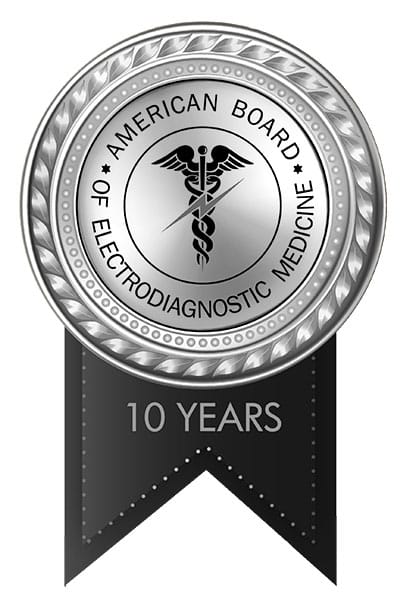
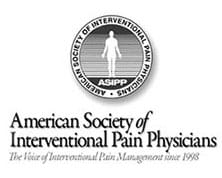
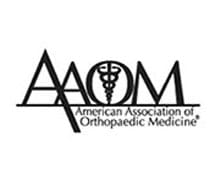
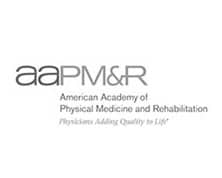
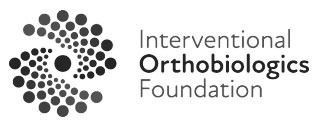
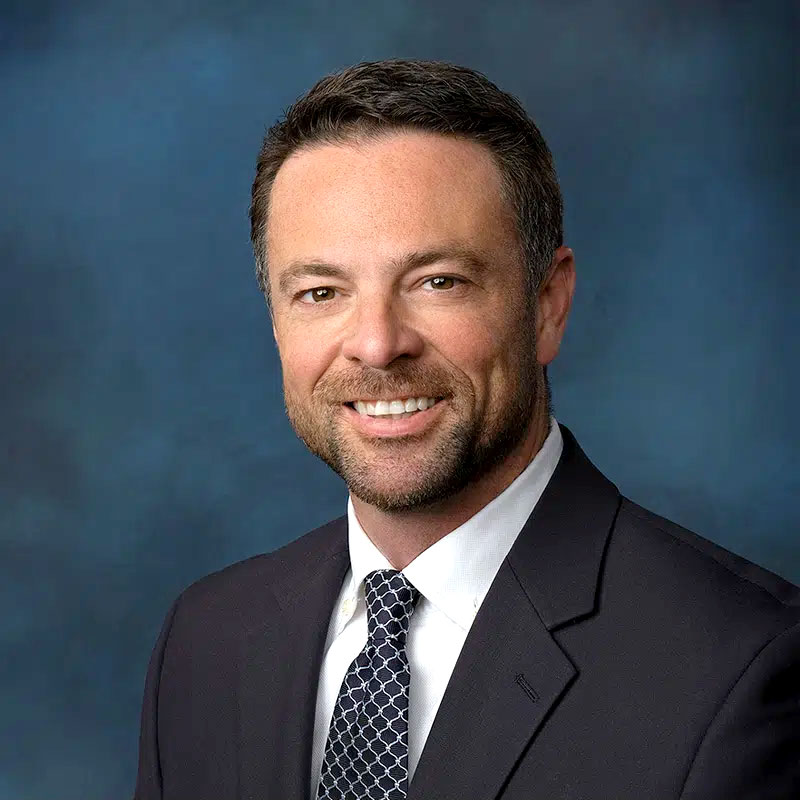
Regenerative Medicine Specialist
Thomas Nabity Jr., MD
Dr. Thomas Nabity founded the Michigan Center For Regenerative Medicine in 2017 with the vision to provide best in class regenerative medicine options for patients suffering from painful orthopedic conditions. He helps people in chronic pain who are looking to alternatives to drugs and surgery, and who want natural solutions to pain relief in order to regain the ability to do the things they love to do. Dr. Nabity has a passion for evaluating and incorporating the latest technologies with a constant focus on optimizing his patient’s outcomes. Through proper patient selection, utilizing advanced injection techniques, and incorporating the latest laboratory technologies in creating PRP and stem cell injectates, the Michigan Center for Regenerative Medicine has achieved some of the highest outcomes of any clinic in the country. (Read Full Bio)
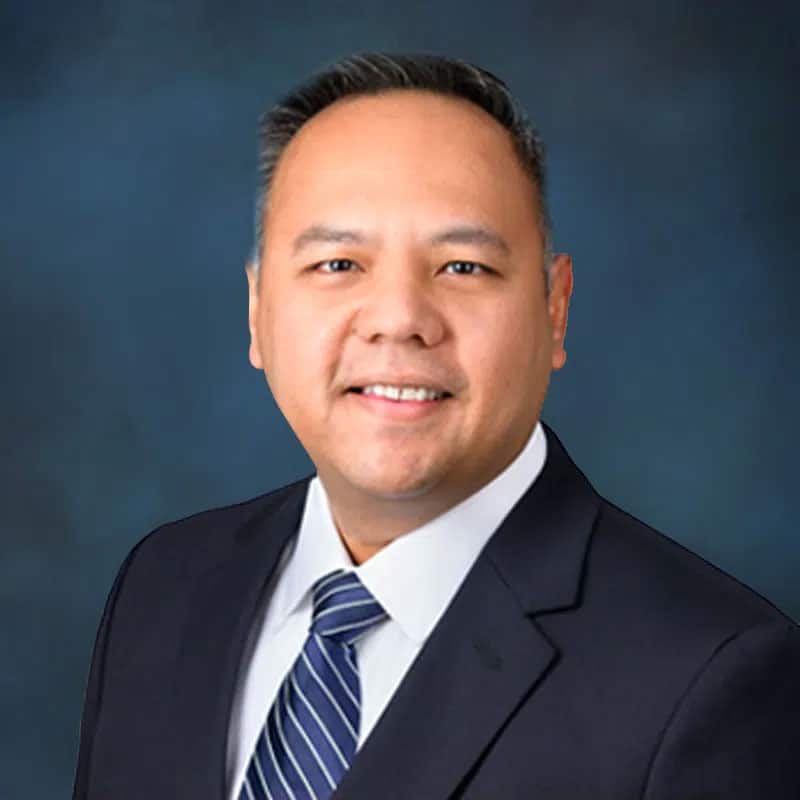
Regenerative Medicine Specialist
John Santa Ana, DO
Dr. Santa Ana is Board Certified in PM&R and Electrodiagnostic medicine. He is a physician specializing in Interventional Sports, Joints, and Spine treatments. Dr. John received his medical degree at the New York College of Osteopathic Medicine and his specialty training in PM&R at The Walter Reed Army Medical Center, Washington DC. He is a Veteran and was a physician in the US Army, treating our Nation’s heroes’ musculoskeletal conditions and getting them back in the fight. Dr. John is also experienced in EMG Testing with over 10 years of Electromyography (Read Dr. John’s Full Bio)
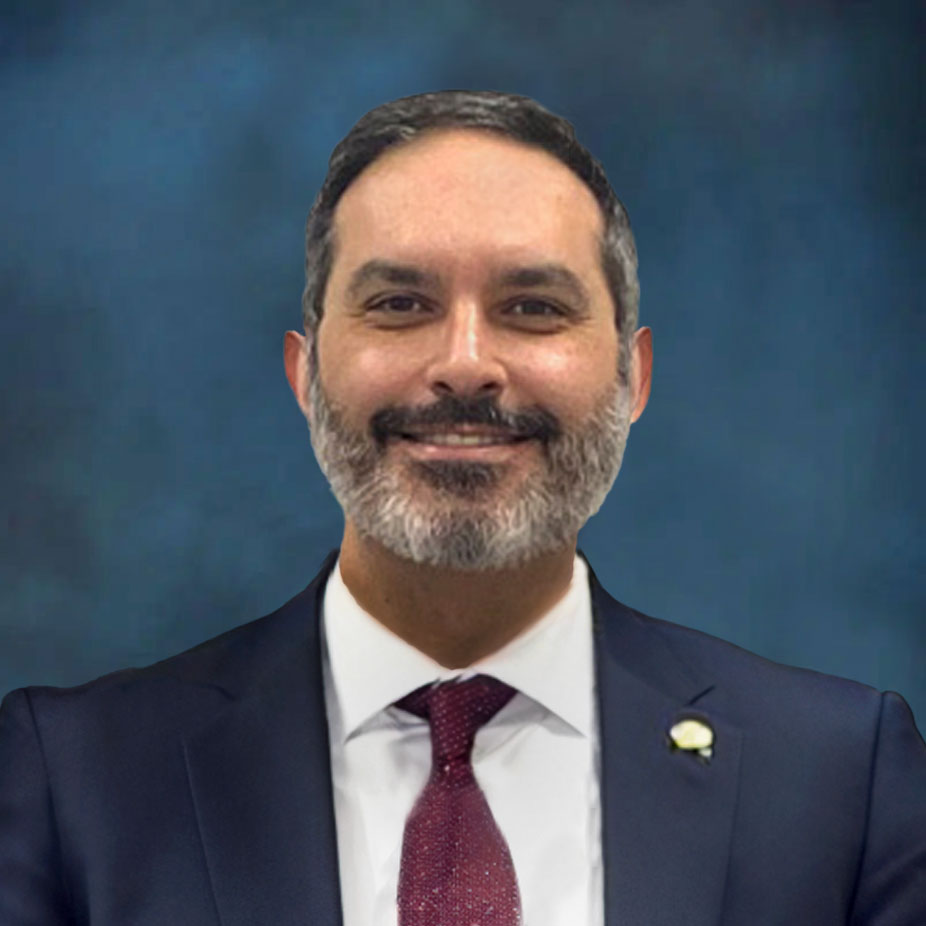
Regenerative Medicine Specialist
Robert Farhat, DO
Dr. Farhat is board certified in Physical Medicine and Rehabilitation, and Pain Medicine. Dr. Farhat has integrated Regenerative Medicine into the treatment of musculoskeletal conditions for the past several years, but has now joined Michigan Center for Regenerative Medicine in order to provide a comprehensive approach to non-surgical musculoskeletal conditions. He is considered an expert in non-surgical spine care, but treats all musculoskeletal conditions. (Read Dr. Robert’s Full Bio)
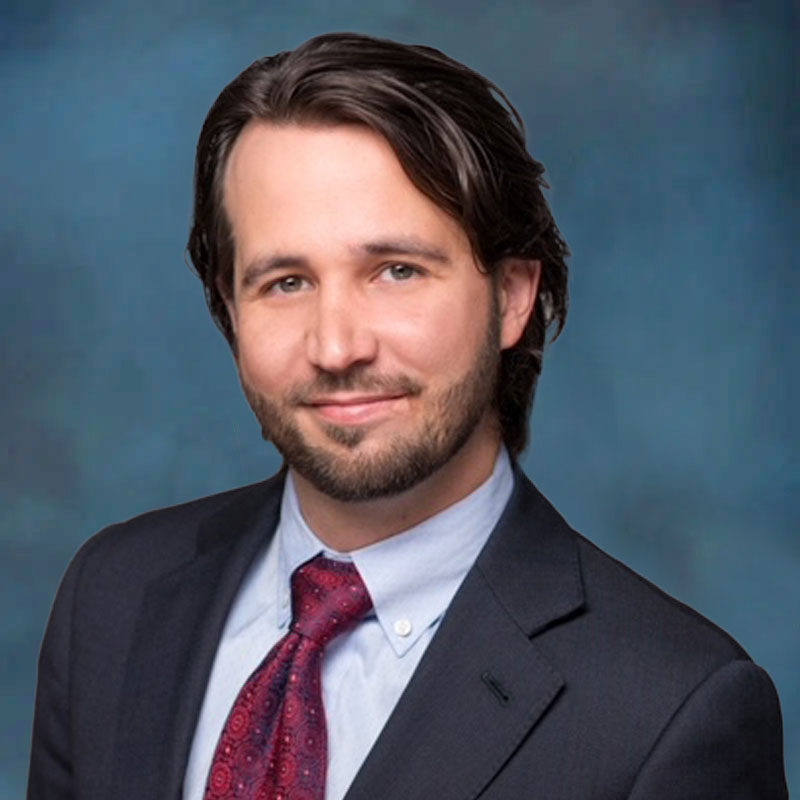
Regenerative Medicine Specialist
Kevin M. Nemeth, MD
Dr. Nemeth is a Columbia University-trained Interventional Pain Management Specialist. He is Double Board Certified in Anesthesiology and Interventional Pain Medicine. Dr. Nemeth believes in a comprehensive approach to patient care that optimizes both higher quality and longevity of life rather than simply masking symptoms. He is passionate about the burgeoning field of interventional orthobiologics and specializes in the most advanced, evidence-based therapies, such as Platelet-Rich Plasma (PRP) and Bone Marrow Aspirate Concentrate procedures (Read Full Bio)

Regenerative Medicine Specialist
John Steele, MD
Dr. Steele was raised in a military family, but calls Orlando, Florida, his home. He graduated from the Citadel in 1986 with a degree in Electrical Engineering. After watching Top Gun, he attended Air Force flight training in Lubbock, Texas, and served for 5 years. After the first Gulf War, he left the military to prepare for medical school. He graduated from the F. Edward Hebert School of Medicine in 1998 and spent a year in South Korea working in the Emergency Room. He then completed a residency in neurological surgery at the Detroit Medical Center and entered military practice. After leaving the military, he completed a fellowship in Neurovascular and skull-based surgery in Indianapolis before establishing a practice in southeast Michigan in 2020. He joined the Michigan Center of Regenerative Medicine in 2025, focusing on regenerative and aerospace medicine while continuing to perform neurosurgery.

Ashley Loane, MSN, ARNP, FNP-C
Ashley Loane is a board-certified Nurse Practitioner at MCFRM with a passion for regenerative medicine. She is highly regarded for her expertise in musculoskeletal pain treatments, aesthetics and hair restoration, pelvic floor and sexual health for women, erectile dysfunction for men, weight loss, and overall wellness optimization through hormone replacement, peptides, and IV therapies.
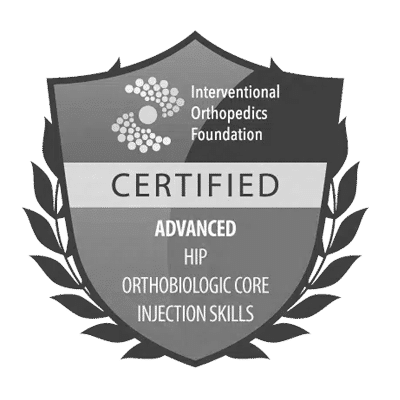
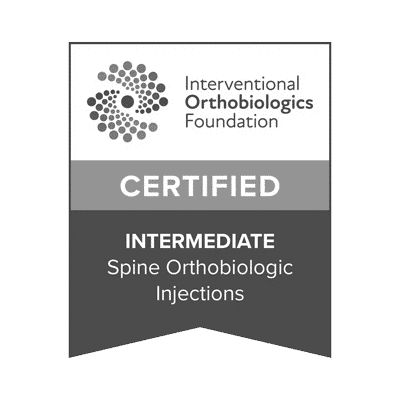
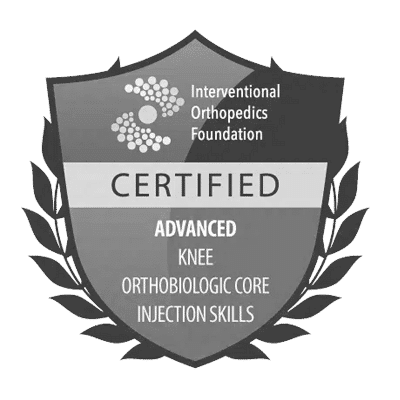
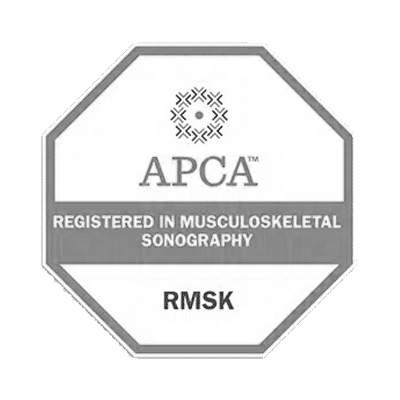
Take Advantage of New Advances in Medical Technology
Contact the Michigan Center for Regenerative Medicine Today and Schedule Your Office Visit


